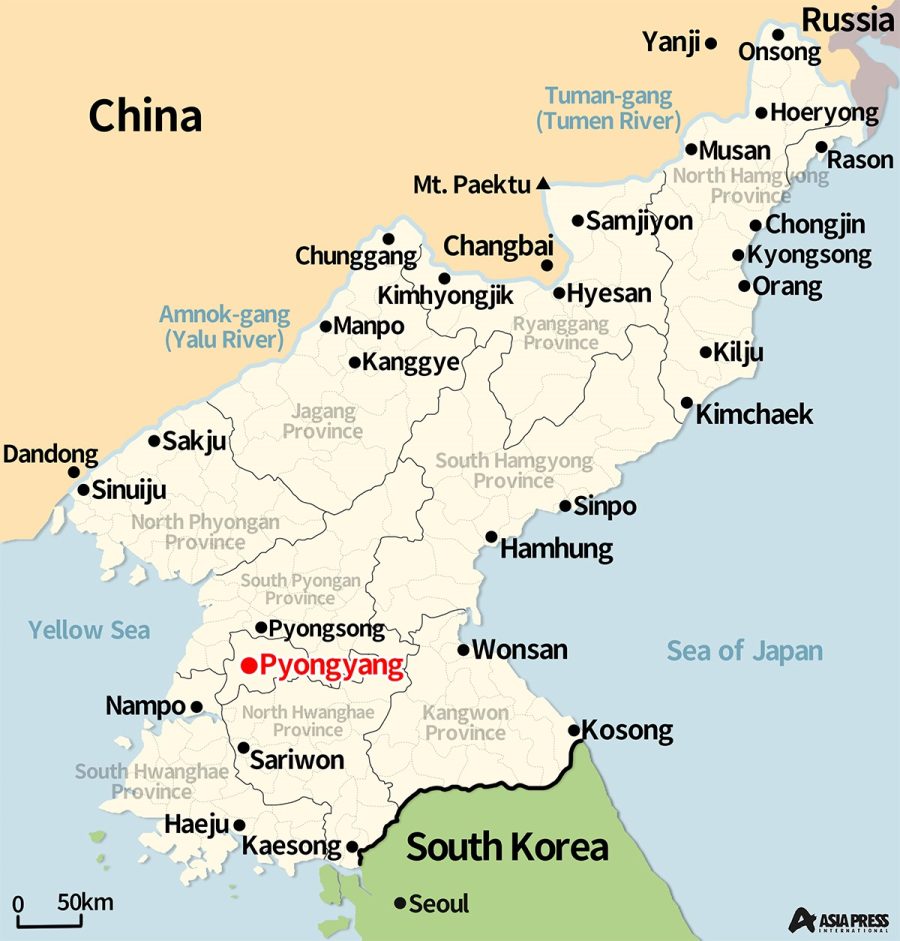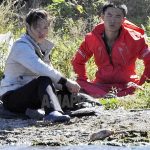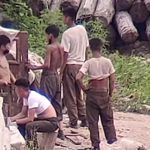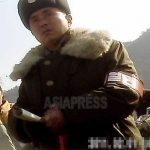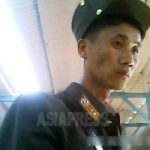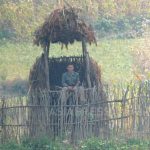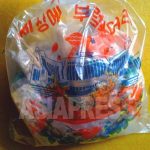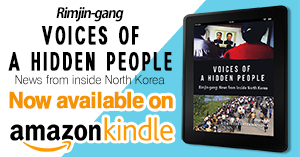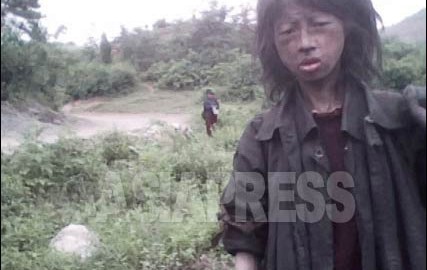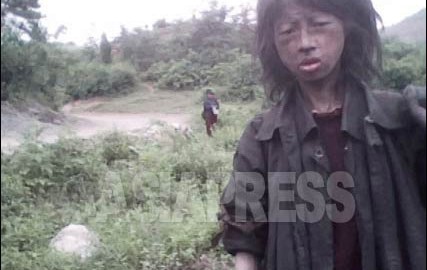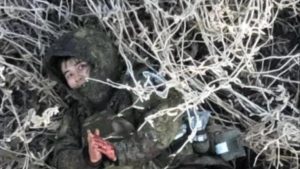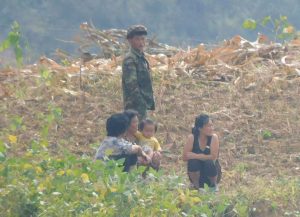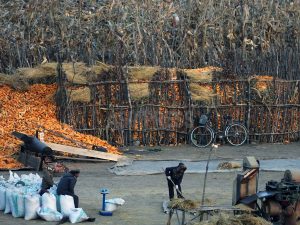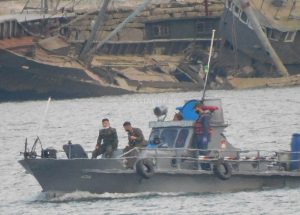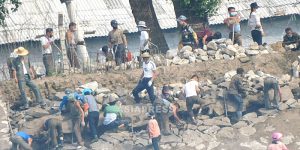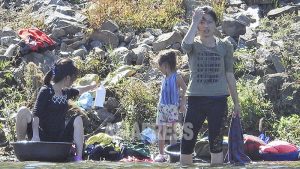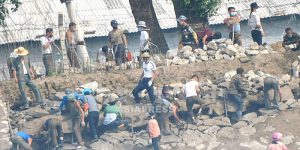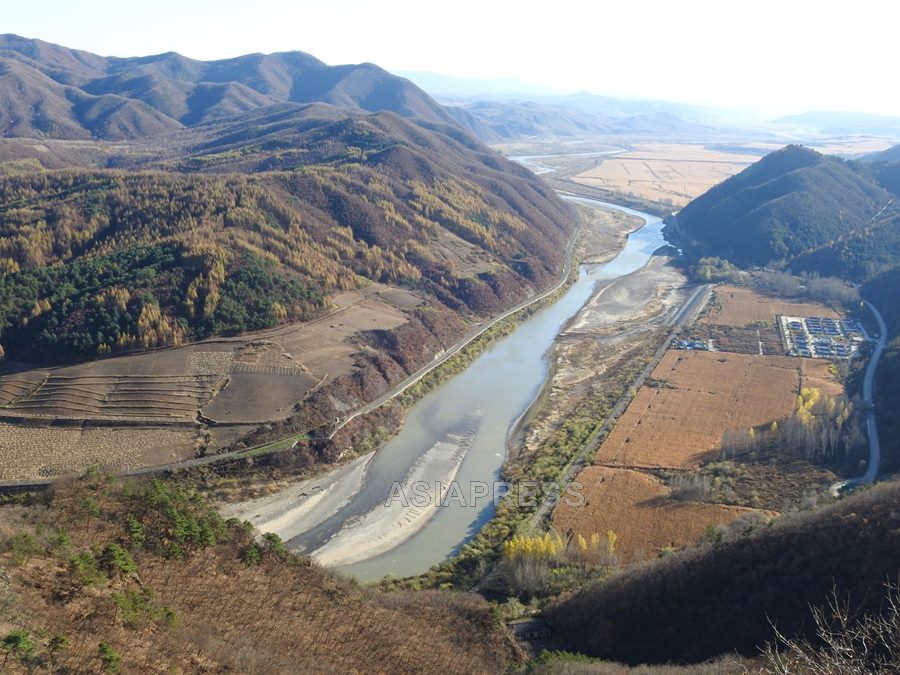
◆ Seeing My Hometown After Ten Years
As we moved upstream, the river grew bluer, and the fall foliage reached its peak, burning red like blood. As we approached Hyesan, I realized how much I had longed to return. I had lived in Hyesan for four years while preparing my escape. The smell of burning firewood and the sounds of life from across the river awakened dormant memories. The river's course had changed due to flooding over the years, and I couldn't find the flat rocks where friends and I used to swim and dry ourselves. The old movie theater I frequented with someone I loved was still there, but her house was now hidden behind high-rise apartments that hadn't existed before. I couldn't tear my eyes from my telephoto lens, hoping to spot a familiar face among the people moving across the river. Though I'd heard that private markets had been suppressed since the pandemic, the familiar street markets seemed even busier than ten years ago.
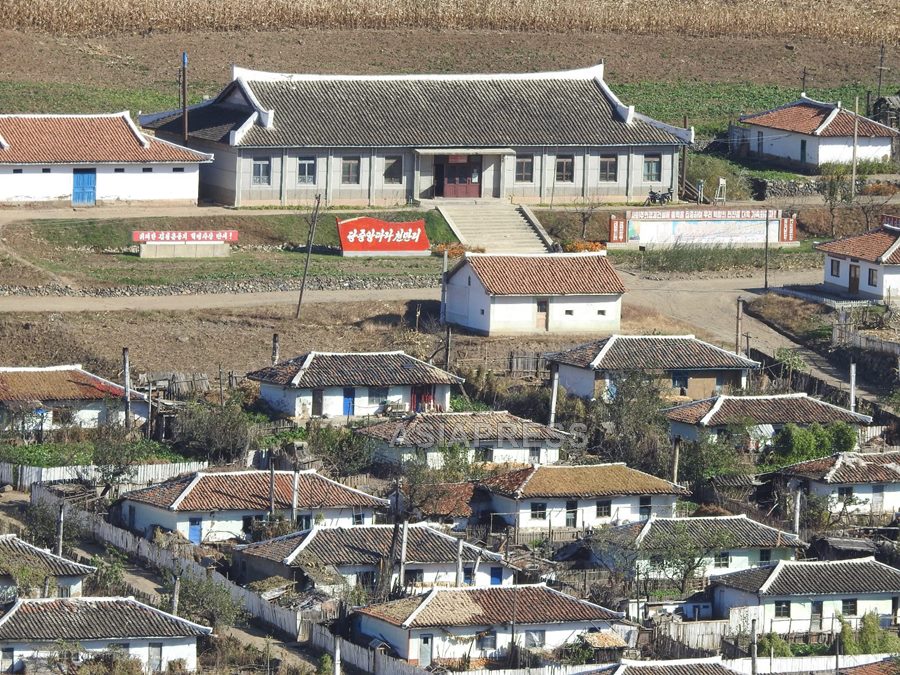
◆ Guilt and Shame
Looking at the people and scenery of the city where I once lived, I suddenly recognized an immense force working on my heart: shame. Until then, I had thought it was fear—and I was afraid. My back dripped with sweat each time I took photos while evading Chinese polices and surveillance cameras. But the guilt of leaving loved ones behind and the helplessness of being unable to do much for my countrymen created a shame far more terrifying than fear. This shame, nourished by the "abundance" and "freedom" I now enjoy, has grown to become the essence of the emotion weighing down my daily life.
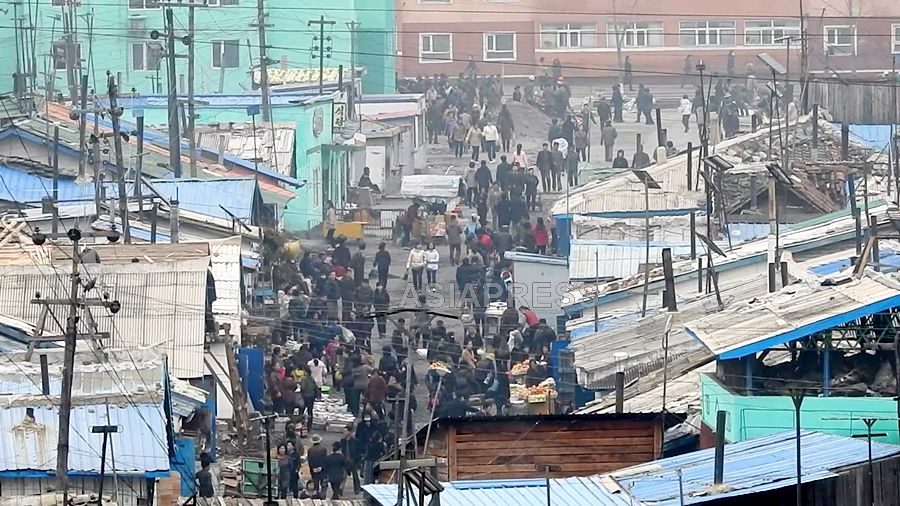
It was this wrapped-up shame that had kept me from returning easily to this place and that had made me uncomfortable throughout this trip. This realization gently raised its head in my heart, which had slowly dried up over the past ten years. The fresh sadness that sprouted there hung like dew at the edge of my mind. And then it dropped into the river. The Yalu River was the color of sadness.
(JEON Sung-jun)
※Photos taken in October 2024 by Hong Mari and Jeon Seong-jun from the Chinese side of the border.
※This article was originally published in "Weekly Friday" on April 4, 2025, and has been revised.
